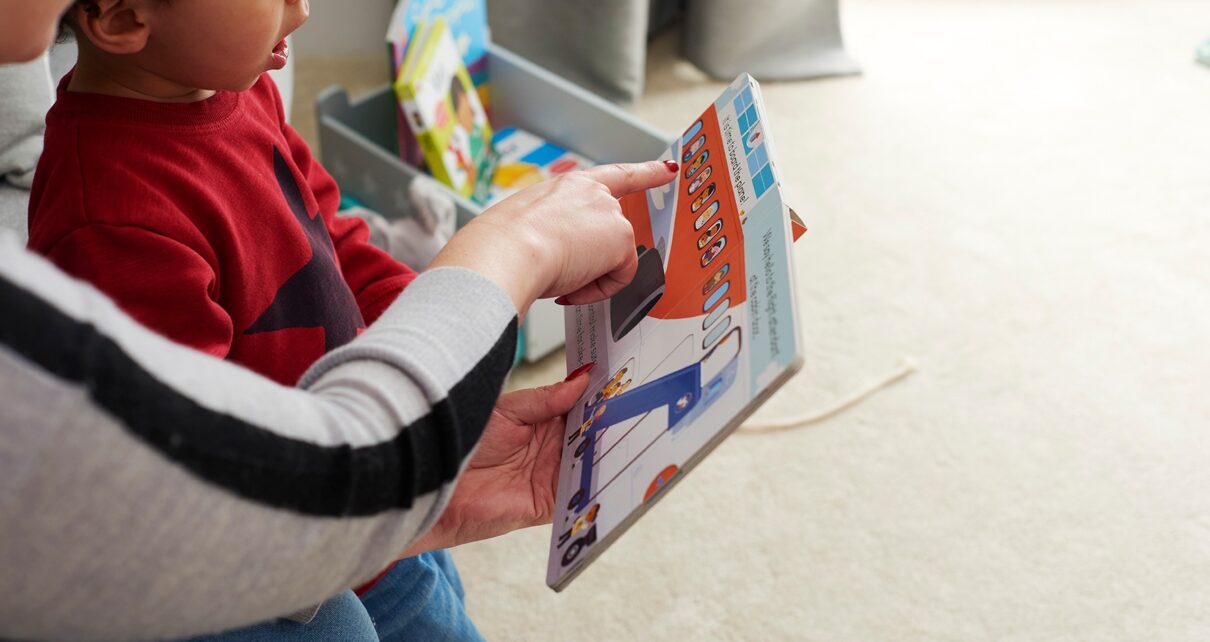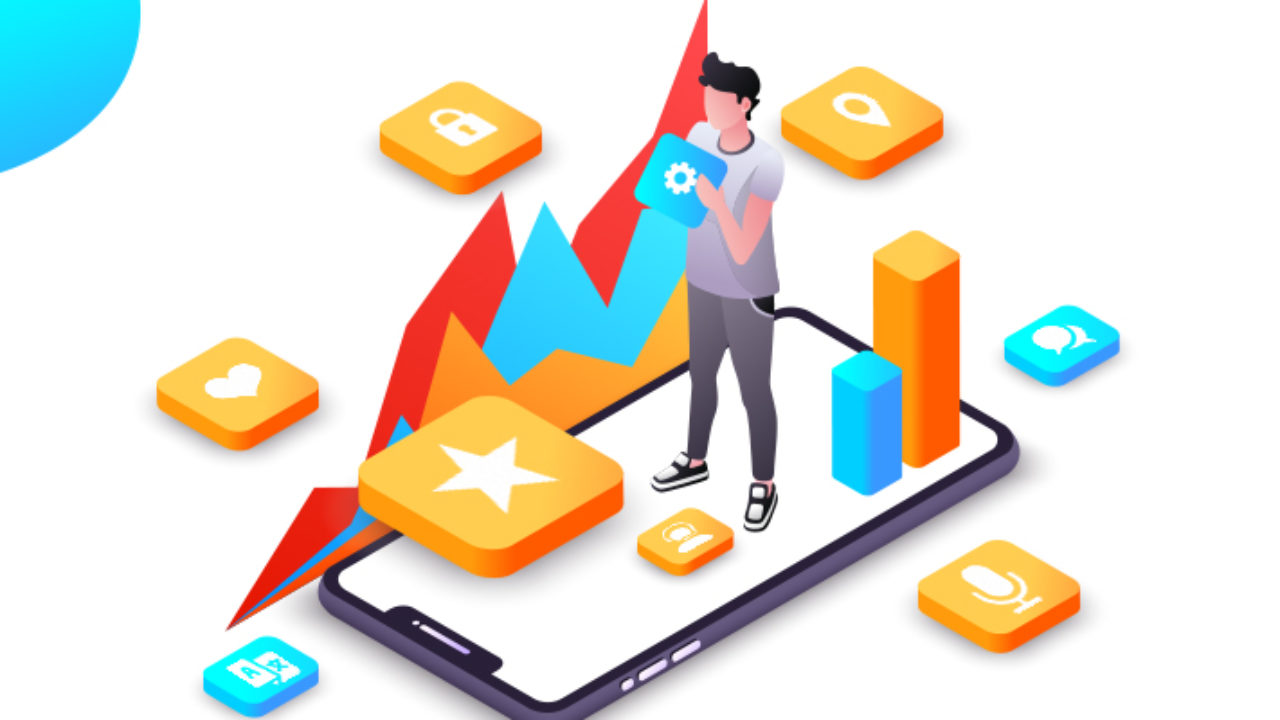There are many different ways to learn phonics, and hiring the best phonics tutor in Dubai is always a wise decision. Some parents use individualized instruction, balanced literacy, or a hand-on phonics bundle. But what’s the best way for your child? You can find out by reading on! Here are a few great ways to get started. Try the Hands-On Phonics Bundle! Weigh the pros and cons to decide which is best for your child.
Hands-On Phonics Bundle
A Hands-On Phonics Bundles contains over 2k pages of activities and resources. Each one focuses on a different phonic sound. With more than two hundred pages of activities, the Hands-On Phonics Bundle provides an engaging learning experience and a solid foundation for building lifelong readers. Other features include a free 130-page phonics resource, a phonics poem, soundbox templates, reflection logs, and reading strategy posters.
Balanced literacy
When teaching reading, balanced literacy is the most effective approach. It incorporates phonics-based instruction with whole language learning. This approach has multiple components and never tries to fit everything into a single lesson. It provides many opportunities to teach reading. This article will explore the importance of balanced literacy for reading instruction. But what exactly is it? Let’s start with an example.
Individualized instruction
The term systematic and intensive phonics instruction are often used interchangeably. Both terms refer to programs that teach students letter-sound relationships and different ways of reading. The best phonics instruction involves using multiple ways to teach students to blend and segment letters. The process is best complemented by incorporating incidental learning into the classroom. Teachers should be trained to select and implement phonics instruction in their classrooms properly.
An important benefit of individualized instruction is that teachers can develop an intimate relationship with students and gauge progress. During one-on-one sessions, an instructor can prompt a child while reading and writing sentences and assess ongoing progress and provide data for future instruction. In addition to individualized instruction, teachers must also monitor the child’s progress by regularly checking the progress chart and providing extra help. Although you can hire a reliable teacher for your child, you can achieve your desired goals with these simple and effective approaches.



